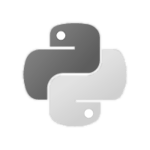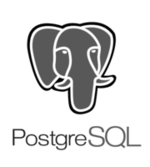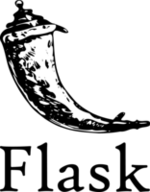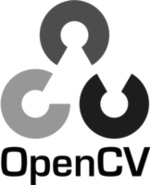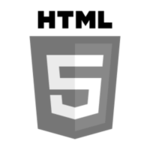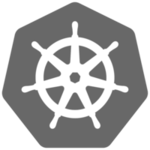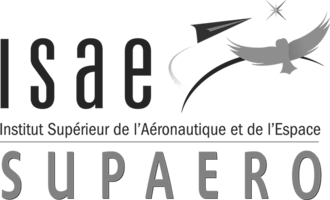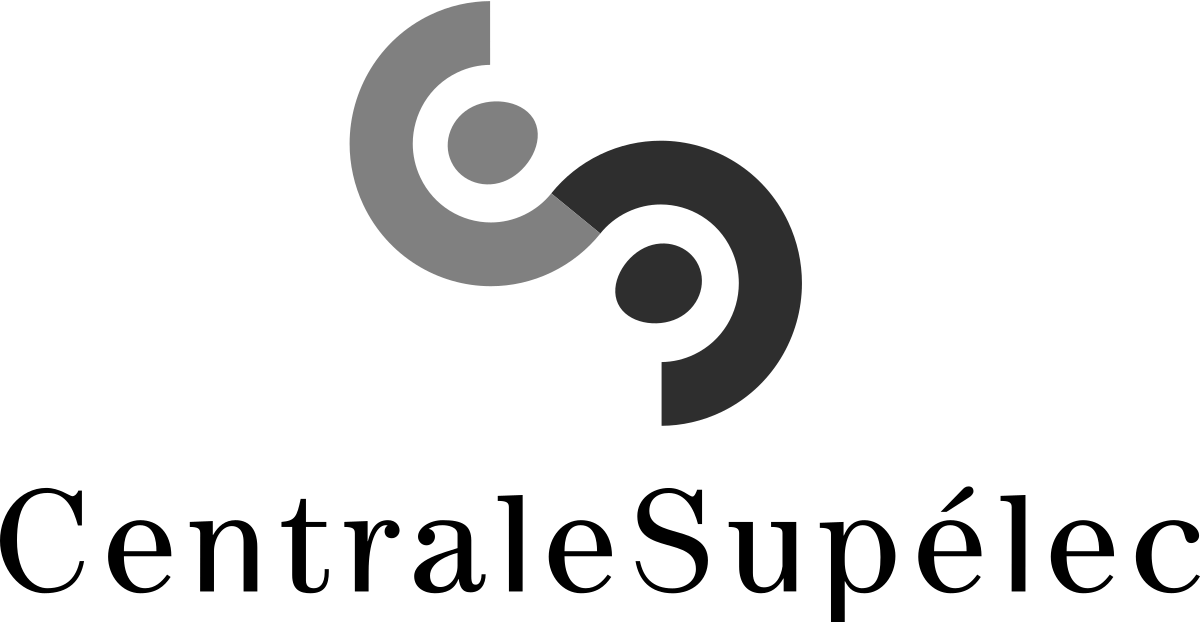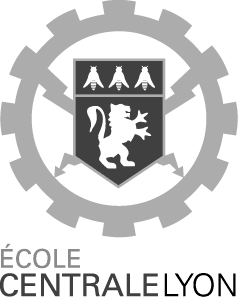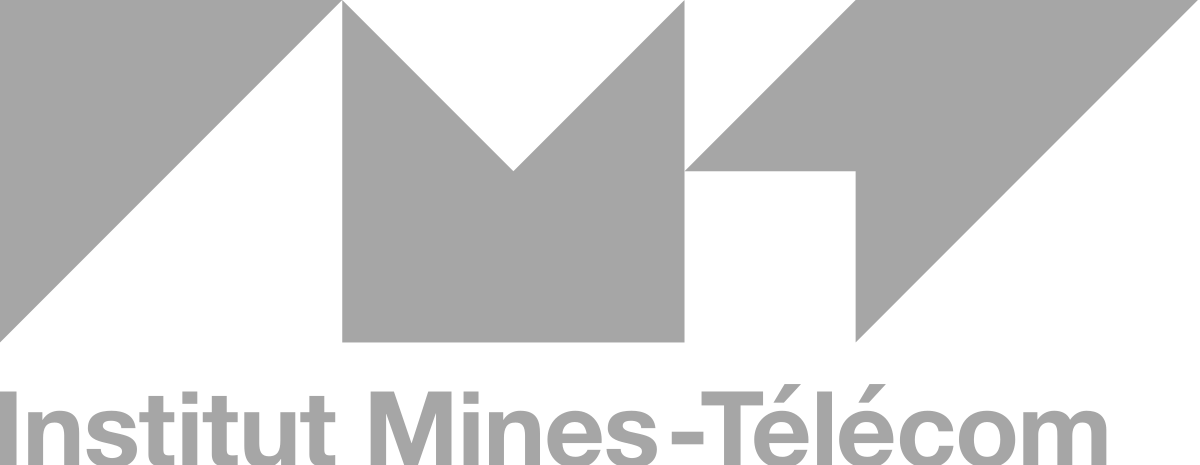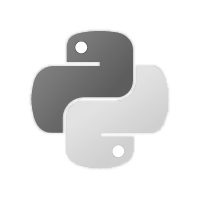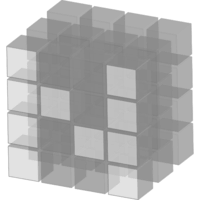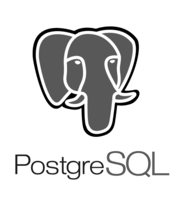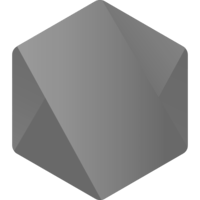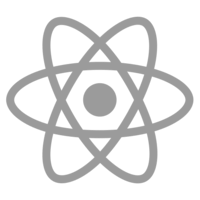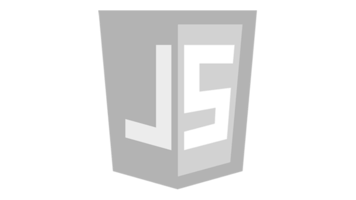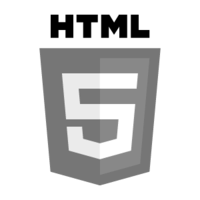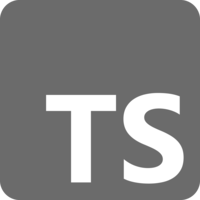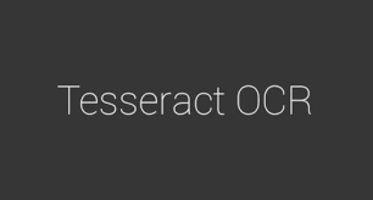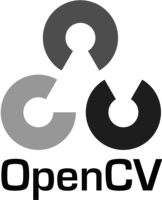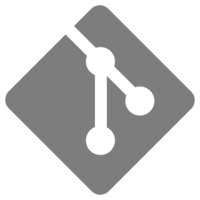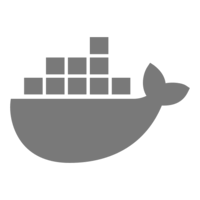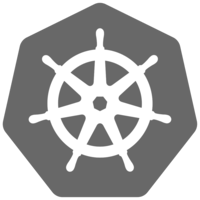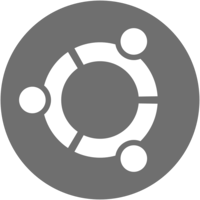WHO WE ARE
D3S stands for Data Science Softwares & Services.
Our team of Data Scientists and Full Stack Developers delivers software solutions, leveraging the most advanced AI technologies. We have an aknowledged expertise in 3D CAD Analytics and Natural Language Processing. Our engineers and PhD have graduated from the best schools, with a proven track record in software design & developments, mathematics and artifical intelligence.

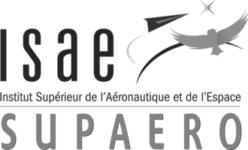
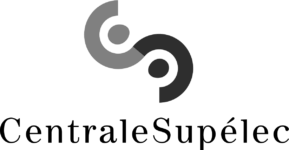



We develop state-of-the-art Softwares, looking for business IMPACT.
We adapt to YOUR NEEDS and don’t share your IP with competition.
You have full ACCESS to the solution and we can commit to a deep technical handover.
We have STRICT DATA PROTECTION POLICIES.
ANALYTICS AT SCALE IS A CHALLENGE
We believe data, Artificial Intelligence and other Analytics technologies are key assets for operational performance. Our software solutions are modular to be adapted to your objectives
-
They drive competitive advantage, when compared to rigid COTS editors software’s.
-
You get full business value through large scale deployment.
-
Confidential data remains under control.
TECHNOLOGIES
Our team masters state-of-the-art technologies, building on open source librairies and internal R&D from our lab.
DATA EXTRACTION

Advanced technologies to get the most of available sources, disregarding their formats:
- Computer vision algorithms to extract data from images, drawings and pdf documents.
- Optical Characters Recognition (OCR) leveraging state-of-the-art solutions.
- Text mining technologies, including Natural Language Processing (NLP) through Deep Neural Networks.
DEEP LEARNING AI
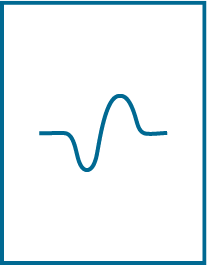
State-of-the-art AI algorithms, applied to multiple domains:
- 3D morpho analysis to extract massively parts technical drivers
- 3D metrics distance to automatically find similar parts
- Natural Language Processing on technical text
- BoM Analytics for complex products (aircraft, automotive, etc)
- Graph Analytics for logistic, 3D meshes, etc
- Time series & signal processing for demand prediction, etc
OPTIMIZATION

Multiple optimization libraries’ to solve non linear problems (genetic, tabu search, recuit, specific heuristics, etc.)
- Activity implantation and routes optimization with detailed geolocal data’s
- Mass part nesting to optimize material consumption, reduce costs and carbon footprint
- Strategic assets allocation for an investment fund optimizing return on risk ratio
TECHNICAL STACK
